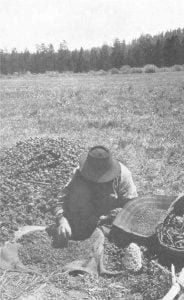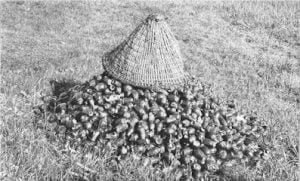Watlala Tribe
Watlala Indians. Watlala Tribe. A division of the Chinookan family formerly living at the cascades of Columbia River and, at least in later times, on Dog (now Hood) river about halfway between the cascades and The Dalles, in Wasco County, Oregon. Early writers mention several tribes at or near the cascades, but as the population of that region was very changeable from the fact of its being a much frequented fishing resort, and as many of the so-called tribes were merely villages, often of small size, it is now impossible to identify them with certainty. After the epidemic of 1829, … Read more










